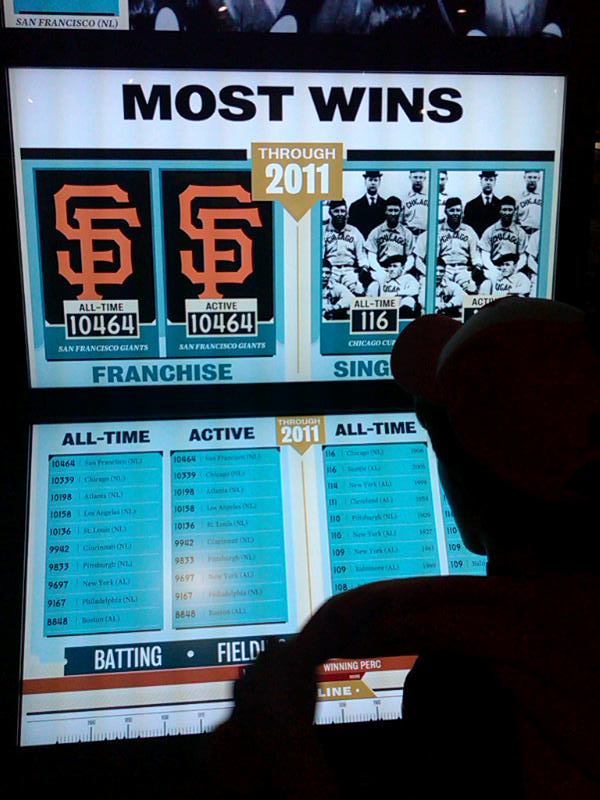The Six-Month Sprint
I am sure many of you, like me, have spent at least some time in your professional careers preparing long-range business forecasts of some kind. Whether they were for financial metrics like revenue, margins or cash flow; operational metrics like market share, customer count, or inventory; or even human capital measures like future headcount needs, impacts on profitablilty of future salary adjustments, or long-term benefits cost trends - it is safe to say that at lease some kind of future-focused planning is a long-accepted fact of business.
And while the necessity and value of planning, to be able to effectively assess current baseline data and results, fold in business objectives, sprinkle in competitive challenges, add a dash of environmental and cultural factors, and we typically realize that even our well-reasoned, clearly articulated, and thoroughly documented plans and forecasts often fail to accurately predict and ultimately reflect what actually happens.
It is the old line about military battle plans - 'No battle plan survives its first contact with the enemy'.
And so it is with most business plans and long-range forecasts as well. Your plans don't exist in a vacuum - the competition has its own plans, that big customer that counts for 32% of this year's revenue forecast may go belly up, or at least squeeze you on price, 'star' employees that you think are slated to move into really important roles may leave. As with most planning processes, the second you hit 'print', it is likely something or some assumption that underlies the plans themselves has changed.
The recommendation certainly is to not stop planning, to simply toss up your hands and give up, since the business and economy are moving so fast for anyone to really successfully plan for, but rather to be a little more reasonable about not only your ability to accurately (and reasonably) assess and predict the future. Spending too much time on 5-year plans of dubious merit is not normally a solid use of time.
I recently read an interesting piece on the Co.Design blog called, 'How Can You Strategize For the Future, When You Can't See Beyond 18-Months?', that suggests for design firms, (and I am sort of extrapolating this to those of us that do Human Capital and workforce planning of any type), that it is really impossible to plan out a design strategy any farther out than 18 months. In fact, the author suggests - 'Beyond 18 Months, the future is anybody's guess'. The world, the markets, technology - these factors and others simply move too quickly today.
Not sure you agree with the '18 Months' figure? Let me ask you then, have you in your organization, or even in your personal and professional life spent time working out your iPad strategy? About how long has the iPad been out? And even just as it was coming out, did anyone, (besides Apple), have a clue about how transformative the device would be?
The last point I wanted to mention from the CoDesign piece was the idea of something called 'The Six-Month Sprint' - a process where development and design processes, (mindful of the long term planning horizon limitation of 18 months), are collapsed into six-month cycles. Sure, for typical firms and products this is a tight window, and mistakes and tradeoffs have to be made, but in the opinion of the author, these shorter planning and development cycles are simply the only sensible and practical reaction to a business climate that increasingly defies prediction.
So my question to you is - How far out into the future do you attempt to plan for things like headcount numbers, labor costs, workforce mix, organizational capability needs, hiring plans, etc.?
And, if your planning horizon is longer than say 18 months, how confident are you in the accuracy of those plans?
Is long-term planning really a thing of the past, a relic of a simpler, and lost forever age?

 Steve
Steve

